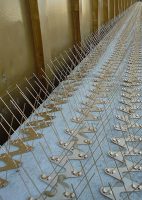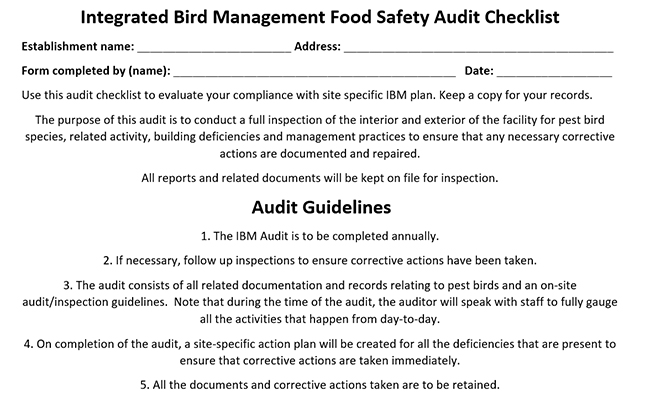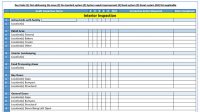With the COVID-19 pandemic continuing to take a toll on live events, Innovative Publishing Company, Inc. has made the careful decision to convert the Food Safety Consortium, which historically has taken place in Schaumburg, IL, to a virtual conference. This move takes into consideration Illinois’ COVID-19 plan to reopen its economy, which is a Five-Phase Plan. Phase 5 occurs when groups larger than 50 (conferences and conventions specifically mentioned) will be allowed. The state enters Phase 5 only when a vaccine or an effective treatment is in place. The decision to take the Food Safety Consortium virtual is based on the Illinois reopening plan, along with considering the safety and well being of staff, attendees, speakers and sponsors.
Every Thursday, beginning on September 10 through November 12, the Food Safety Consortium Virtual Conference Series will host two presentations and two sponsored Tech Talks, followed by a panel discussion with attendees. Food Safety Tech is the media sponsor.
“This will be much more than a bunch of webinars. We are excited to offer a virtual platform that facilitates greater human interaction,” says Rick Biros, president of Innovative Publishing and director of the Food Safety Consortium. “Whether it’s a random connection in a hotel lobby, a stroll by a booth at a trade show, or a seat next to a new friend in a learning session, we recognize that human connection is important for events. That’s why we’ve invested in new tools for the FSC Conference Virtual Platform to ensure those discussions, discoveries and connections can go on whether our event is offline or online. The new platform provides attendees with a way to keep track of live sessions, connect with sponsors and engage with peers, all in a familiar way. It will also include an event App that offers interactive features.”
Frank Yiannas, FDA deputy commissioner for food policy and response, will remain a keynote speaker, with the new presentation date to be announced.
Call for Abstracts
We are accepting abstracts for participation in the Food Safety Consortium Virtual Series. On the Submit an Abstract page, select Food Safety Consortium 2020 in the drop-down menu.
Categories include:
- Food safety
- Food defense
- Food integrity
- Food safety supply chain management
- Lessons learned COVID-19
- Regulatory compliance
- Facility design
- C-suite executive forum
Tech Talk Sponsorship
Companies that are interested in sponsoring a 10-minute technical presentation during the series can also submit their abstract through the portal. For pricing information, contact IPC Sales Director RJ Palermo.
Innovative Publishing has also converted the Cannabis Quality Conference to a virtual event. More information is available at Cannabis Industry Journal.
About Food Safety Tech
Food Safety Tech publishes news, technology, trends, regulations, and expert opinions on food safety, food quality, food business and food sustainability. We also offer educational, career advancement and networking opportunities to the global food industry. This information exchange is facilitated through ePublishing, digital and live events.
About the Food Safety Consortium Conference and Expo (The live event)
Food companies are concerned about protecting their customers, their brands and their own company’s financial bottom line. The term “Food Protection” requires a company-wide culture that incorporates food safety, food integrity and food defense into the company’s Food Protection strategy.
The Food Safety Consortium is an educational and networking event for Food Protection that has food safety, food integrity and food defense as the foundation of the educational content of the program. With a unique focus on science, technology and compliance, the “Consortium” enables attendees to engage in conversations that are critical for advancing careers and organizations alike. Delegates visit with exhibitors to learn about cutting-edge solutions, explore three high-level educational tracks for learning valuable industry trends, and network with industry executives to find solutions to improve quality, efficiency and cost effectiveness in the evolving food industry.












